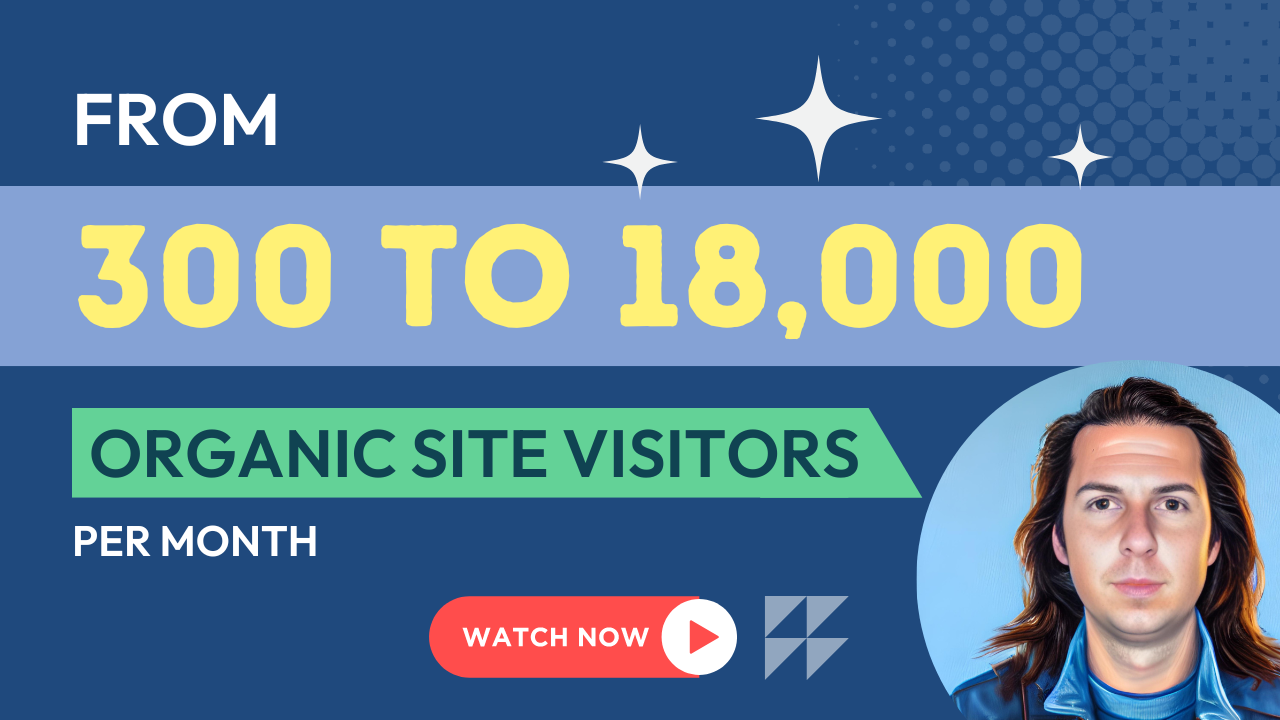Content is king, but not all content is created equal. Different content formats have different strengths, weaknesses, purposes and audiences. To create a successful content strategy, you need to include a variety of content formats that suit your goals, niche and audience.
But what are the top content formats you need to include in your strategy? How do you create them and use them effectively? In this article, we will explore five of the most popular and powerful content formats that can help you grow your online presence, attract more customers, build trust and authority, and achieve your goals.
Blogging
Blogging is one of the oldest and most widely used content formats. Blogging is the process of creating and publishing written content on your website or blog. Blogging can help you:
- Boost your SEO and organic traffic by creating keyword-rich, relevant and valuable content that ranks well on search engines.
- Establish your brand identity and voice by creating content that reflects your values, personality and expertise.
- Build trust and credibility with your audience by providing information, insights and solutions to their problems.
- Generate leads and sales by creating content that captures their attention and curiosity, persuades them to take action, and converts them into subscribers or customers.
To create effective blog posts, you need to:
- Research your target audience and keywords and choose topics that match their needs, interests and pain points.
- Write catchy headlines, clear introductions, structured body paragraphs and strong conclusions that hook your readers and keep them engaged.
- Use visuals, such as images, graphs, charts and screenshots to illustrate your points and make your content more appealing.
- Add call-to-actions (CTAs), such as buttons, links or forms to encourage your readers to take the next step in your funnel.
- Optimize your blog posts for SEO by using keywords, meta tags, links and other elements that help search engines understand and rank your content.
Video
Video is one of the fastest-growing and most engaging content formats. Video is the process of creating and publishing visual content that combines images, sound and motion. Video can help you:
- Increase your visibility and reach by creating content that is optimized for social media platforms, such as YouTube, Facebook, Instagram and TikTok that have large and active audiences.
- Showcase your personality and emotion by creating content that expresses your tone, style and passion and connects with your viewers on a deeper level.
- Demonstrate your products or services by creating content that shows how they work, how they benefit and how they differ from others and convinces your viewers to buy them.
- Educate or entertain your audience by creating content that teaches them something new, shows them something interesting or makes them laugh and keeps them entertained.
To create effective videos, you need to:
- Plan your video script, storyboard and production and decide what you want to say, how you want to say it and how you want to show it.
- Record your video using a good camera, microphone and lighting and ensure that your video has high quality, clarity and sound.
- Edit your video using a good software, such as Adobe Premiere Pro, Final Cut Pro or iMovie and add effects, transitions, music and captions to make your video more polished and professional.
- Optimize your video for social media by using appropriate size, format, caption and hashtags to increase its visibility and engagement.
Infographics
Infographics are one of the most informative and attractive content formats. Infographics are the process of creating and publishing visual content that combines data, text and graphics to convey complex or large amounts of information in a simple and digestible way. Infographics can help you:
- Simplify complicated or boring topics by creating content that breaks down data, facts or processes into easy-to-understand chunks and highlights the key points or takeaways.
- Increase your shareability and virality by creating content that is eye-catching, colorful and appealing and encourages people to share it with others.
- Boost your authority and credibility by creating content that showcases your research, analysis or expertise and supports your claims with evidence or sources.
- Drive traffic to your website or blog by creating content that links back to your original or additional content where people can learn more or take action.
To create effective infographics, you need to:
- Collect and analyze data from reliable sources, such as surveys, reports, studies or statistics and choose the most relevant, accurate and interesting data for your topic and audience.
- Design your infographic using a good tool, such as Canva, Piktochart or Venngage and choose a layout, color scheme, font and icons that match your theme and brand.
- Organize your infographic using a logical structure, such as chronological, hierarchical, comparative or problem-solution and use headings, labels, numbers and arrows to guide your readers.
- Optimize your infographic for SEO and social media by using keywords, meta tags, links and hashtags to help search engines and platforms find and rank your content.
Podcasts
Podcasts are one of the most personal and conversational content formats. Podcasts are the process of creating and publishing audio content that features one or more hosts talking about a specific topic or theme. Podcasts can help you:
- Build a loyal and engaged community by creating content that invites your listeners to join your conversation, share their opinions and feedback and interact with you and other listeners.
- Showcase your personality and passion by creating content that expresses your tone, style and emotion and connects with your listeners on a human level.
- Interview experts or influencers by creating content that features guests who have knowledge, experience or insights on your topic or niche and adds value to your listeners.
- Educate or entertain your audience by creating content that teaches them something new, shows them something interesting or makes them laugh and keeps them entertained.
To create effective podcasts, you need to:
- Plan your podcast format, theme and episodes and decide what you want to talk about, how you want to talk about it and how often you want to publish it.
- Record your podcast using a good microphone, headphones and software and ensure that your podcast has high quality, clarity and sound.
- Edit your podcast using a good software, such as Audacity, GarageBand or Anchor and add effects, transitions, music and intros and outros to make your podcast more polished and professional.
- Distribute your podcast using a good platform, such as Spotify, Apple Podcasts or SoundCloud and choose a category, title, description and cover art that match your theme and brand.
- Promote your podcast using various channels, such as social media, email, blog or website and encourage your listeners to subscribe, rate, review and share your podcast.
Webinars
Webinars are one of the most interactive and actionable content formats. Webinars are the process of creating and hosting live or recorded online events that feature one or more speakers presenting on a specific topic or theme. Webinars can help you:
- Generate leads and sales by creating content that attracts your potential customers who are interested in your topic or niche and persuades them to sign up for your webinar and your offer.
- Showcase your products or services by creating content that demonstrates how they work, how they benefit and how they differ from others and convinces your attendees to buy them.
- Provide value and education by creating content that provides information, insights and solutions to your attendees’ problems and teaches them something new or useful.
- Build trust and authority by creating content that showcases your expertise and credibility on your topic or niche and earns your attendees’ respect and loyalty.
To create effective webinars, you need to:
- Plan your webinar topic, format and agenda and decide what you want to present, how you want to present it and what you want to achieve with it.
- Prepare your webinar content, slides and script and ensure that your content is relevant, valuable and engaging for your attendees.
- Choose a good webinar platform, such as Zoom, GoToWebinar or WebinarJam and set up your webinar registration, landing page, email reminders and replay page.
- Promote your webinar using various channels, such as social media, email, blog or website and encourage your potential attendees to register, attend and share your webinar.
- Host your webinar using a good microphone, webcam and internet connection and ensure that your webinar is live, interactive and actionable for your attendees.
- Follow up with your webinar attendees using email, phone or social media and provide them with additional value, feedback and offers.
These are the top content formats you need to include in your strategy. By creating a mix of blogging, video, infographics, podcasts and webinars, you can create a diverse, dynamic and effective content strategy to help you achieve your goals. Happy Content Creation! 😊


